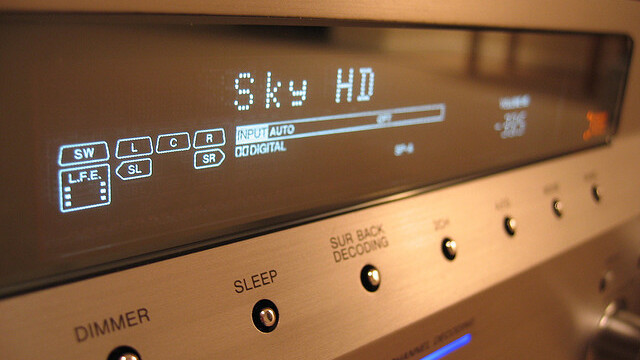
While we might finally be at the point where we have video everywhere, we’ve been pretty far from having good audio to go along with it. Today, Dolby Labs and Encoding.com are announcing a partnership that will bring high quality Dolby Digital Plus audio within Encoding.com’s cloud-based video platform to solve that problem.
The increasing market for smart devices, including TVs and Blu-Ray players, means that people are going to be demanding more from their streamed video experience. As of right now, there are very few choices for bringing high-quality surround-sound audio over the Internet, but this partnership aims at the existing 640 million devices which support Dolby Digital.
But according to Encoding.com President Jeff Malkin, it’s part of a bigger picture for both companies:
“Supporting the TV Everywhere initiatives, driven by our media and entertainment customers, Encoding.com and Dolby, working together, are committed to bringing the theater experience into consumers’ homes and pockets”
The move makes Encoding.com the first cloud-based video provider to bring Dolby to the masses, enabling studio-quality video as well as HD-audio to be streamed to any device. Technically speaking, the streams will be Dolby Digital HE AAC and HE AAC+, which should help even the craptastic laptop speakers that we’ve all gotten so used to hearing. EAC3, which is Dolby Digital+ for multi-channel audio is included as well. But behind it all, the system also allows for detection and repair of bad audio, all the way back to the source.
There’s no word yet as to whether the Dolby Digital Plus integration will carry over to Encoding.com’s spinoff company of Vid.ly, but at the very least we should start hearing better sounds with our video in the not-so-distant future.
Get the TNW newsletter
Get the most important tech news in your inbox each week.




